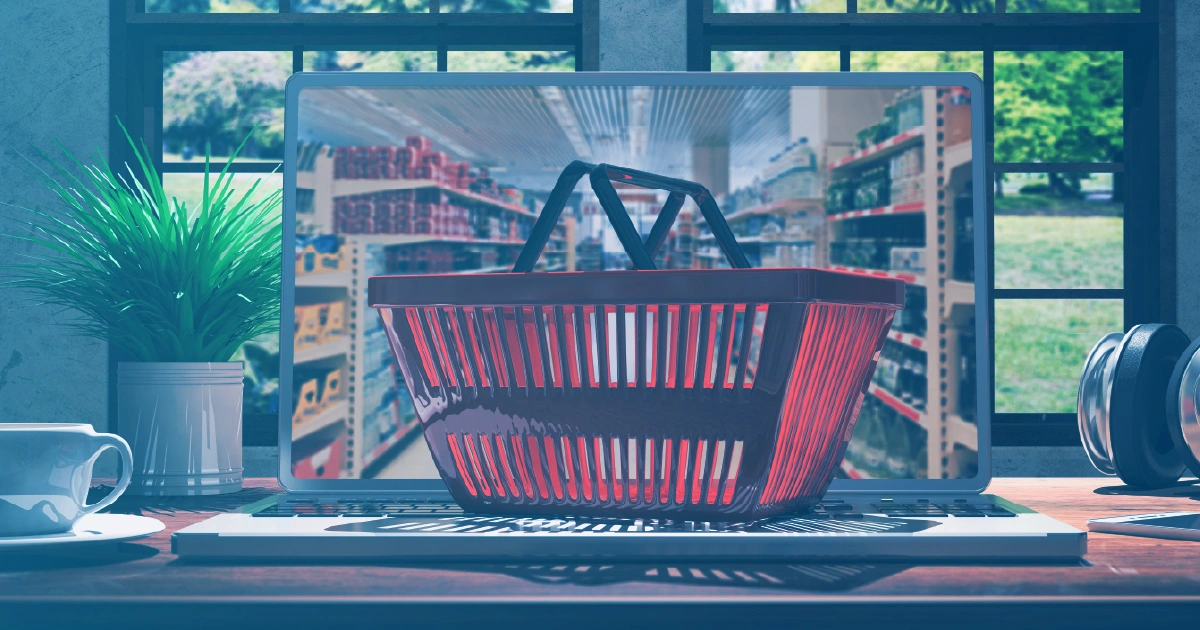
It's not just about private-label pricing anymore
Over the past ten years, the global retail landscape has undergone significant changes, and private-label strategies have rooted themselves at the center of this transformation. Once relegated to generic, low-cost alternatives to branded products, private labels have evolved into powerful competitors, delivering high-quality alternatives at attractive prices. This shift has redefined how private labels are perceived and carved out considerable space for retailers in an increasingly competitive market.
Growing beyond the branded plot
Historically, private-label products were viewed as budget-friendly options characterized by basic packaging and perceived lower quality. However, in the last decade, retailers like you have nurtured their private-label portfolios, elevating them to directly compete with established branded products. Today, categories like food, beverages, household essentials and skincare have sprouted with high-performing private-label offerings.
These products now emphasize quality just as much as affordability. For example, organic and eco-friendly private-label products have gained traction, providing a profitable alternative to premium branded goods. Retailers have also expanded product lines to focus on specialty and niche items, catering to evolving consumer demands. This strategy has minimized the previously significant gap in perceived quality between branded products and private labels, often allowing the latter to undercut competitors based on pricing without sacrificing value.
Sowing seeds in new product categories
Private labels have expanded far beyond everyday staples with new, lucrative categories. One of the most notable shifts has been the entry of private labels into premium, health-conscious, and luxury markets. Retailers are now more willing to position their private labels as high-end options, offering artisanal foods, zero-waste household goods and advanced skincare solutions that can rival their branded counterparts.
Additionally, private-label products have found their way into traditionally untapped categories such as electronics, pet care and fitness equipment. Retailers have recognized the potential to fill gaps in these markets, harvesting customer trust while delivering lower prices. This breadth of diversification has allowed them to compete across multiple segments, making private labels a one-stop shopping solution for consumers.
Pricing: The fertile ground of competition
Despite improvements in quality and diversification, competitive pricing remains firmly rooted in private-label strategies. Retailers like you have successfully leveraged the ability to control supply chains, reduce marketing costs, and develop in-house production capabilities to keep end-user prices lower than comparable brands. This pricing advantage has proven particularly effective during times of economic uncertainty when consumers are more budget conscious.
Retailers have also adopted dynamic pricing strategies to maintain market share, leveraging customer data to adjust pricing based on demand, preferences, and purchasing trends. This agile approach to pricing enables private labels to serve as a direct substitute for branded alternatives while continuing to attract cost-sensitive customers.
Reaping the rewards
The evolution of private labels has had significant implications for your profitability. Private-label products typically yield higher profit margins than branded items due to lower input costs and no intermediary expenses such as advertising. These increased margins provide retailers with a valuable source of revenue that directly contributes to the bottom line.
Beyond profitability, private labels play a critical role in fostering customer loyalty. By offering exclusive lines that align with consumer expectations of quality and affordability, retailers create a unique value proposition that differentiates them from competitors. This exclusivity not only generates repeat customers but also drives foot traffic and online visits, further increasing revenue streams.
Navigating weeds: challenges in the competitive landscape
Of course, no garden is without weeds. Established brands continue to innovate and invest in marketing, sustainability, and product innovation, adding pressure to the private-label ecosystem. But the momentum behind private labels remains strong. Retailers will likely double down on technology and market research to keep their offerings relevant and desirable.
Looking forward, private labels are poised to evolve further, integrating more AI-driven personalization, environmentally-sustainable practices and even direct collaboration with local manufacturers. These strategies will likely enable retailers to maintain aggressive pricing and preserve their competitive edge while continuing to redefine the private-label landscape.
Private-label strategies have transformed dramatically over the past decade, shifting from low-cost alternatives to premium, competitive offerings across diverse categories. Pricing remains the core of this evolution, but advancements in quality and variety have created a blossoming marketplace that appeals to modern consumers. This transformation fosters customer loyalty and drives profitability, ensuring that private labels will continue to shape the future of retail season after season.
Get the latest news, updates, and exclusive insights from Vistex delivered straight to your inbox. Don’t miss out—opt in now and be the first to know!

